Your windshield isn’t just a window to the road; it’s a crucial safety component that protects you and your passengers in case of an accident. But even the most durable windshields can’t withstand everything, and cracks are a common occurrence. While some might seem like minor inconveniences, others can pose significant safety hazards.
Knowing the different types of windshield cracks is key to understanding their severity and taking the appropriate action. So, buckle up as we explore the Windshield cracks Types and learn if it can be fixed or need replacement.
The Bullseye Crack: A Rundown and Repair Possibilities
The bullseye crack, named for its resemblance to the target on a dartboard, is a circular crack with a central point of impact on a windshield. It’s often caused by blunt object impacts like small rocks, debris, or even birds. While initially seemingly harmless, it’s crucial to address it promptly, as leaving it unattended can pose safety risks and lead to more extensive damage.
Is repair possible?
The good news is that yes, bullseye cracks are repairable, especially if caught early! Auto glass repair specialists are equipped with the expertise and tools to tackle these cracks effectively. However, there are some factors that influence the feasibility of repair:
- Size: Cracks generally smaller than 1 inch (2.5 cm) in diameter have a higher success rate for repair.
- Depth: The crack should only affect the outer layer of the windshield. Cracks penetrating deeper layers might require replacement.
- Debris: Any debris lodged within the crack needs careful removal before repair.
- Time: Early intervention is key! Timely repair prevents further spreading and enhances the repair outcome.
Repair methods by auto glass specialists:
Professional repair usually involves the following steps:
- Cleaning and assessment: The area around the crack is thoroughly cleaned, and the crack’s depth and extent are assessed.
- Debris removal: Any debris inside the crack is carefully removed to ensure proper resin filling.
- Injection of resin: A special resin is injected into the crack, filling it and sealing it from moisture and further damage.
- Curing: The resin is cured with UV light or natural sunlight, depending on the specific product used.
- Polishing (optional): To improve aesthetics, the repaired area might be polished to minimize visibility.
Success rate and limitations:
While professional repair has a high success rate for smaller bullseye cracks, it’s important to remember that even a repaired crack might affect the windshield’s structural integrity slightly. It’s crucial to:
- Be aware of potential limitations and monitor the repaired area for any signs of spreading or weakening.
- Understand that a repaired crack might not completely disappear visually, although it should be significantly less noticeable.
Windshield Star Crack: A Radiating Web of Potential Trouble
Unlike the neatly contained bullseye crack, the star crack presents a different set of challenges for windshields. Imagine a spider’s web etched onto the glass, radiating outwards from a central point of impact. This is the telltale sign of a star crack, and it demands a closer look.
Causes and Appearance:
Star cracks typically arise from sharp object impacts, like pebbles flung from tires or accidental tool strikes. Unlike the blunt force of a rock, these sharp objects create radiating fractures that branch out from the point of contact. The size and complexity of the crack can vary greatly, depending on the force and direction of the impact.
Severity and Repair Potential:
Unfortunately, star cracks are generally considered more severe than bullseye cracks. Their branching nature weakens the surrounding glass, making them prone to further growth and even complete shattering under pressure. While repair is sometimes possible for small, contained star cracks, it’s a delicate process with a lower success rate compared to bullseye cracks.
Factors Affecting Repair:
Here are some key factors that determine the feasibility of repairing a star crack:
- Size: As mentioned, smaller cracks with limited branching have a better chance of successful repair. Extensive cracks with multiple branches significantly increase the risk of complications.
- Depth: Similar to bullseye cracks, the crack should only affect the outer layer of the windshield. Deeper cracks might require replacement.
- Location: Cracks near the edges or in the driver’s field of vision pose safety concerns and might not be repairable.
- Time: Early intervention is crucial! Leaving a star crack unattended can lead to rapid growth and weaken the windshield overall.
Repair Methods:
Professional repair of star cracks often involves similar steps to bullseye cracks, but with additional complexity:
- Cleaning and assessment: The crack is thoroughly cleaned, and its depth, extent, and branching pattern are carefully evaluated.
- Debris removal: Any debris within the crack is meticulously removed to ensure proper resin filling.
- Drilling (optional): In some cases, tiny holes might be drilled at the ends of the branches to prevent further spreading.
- Resin injection: A specialized resin is injected into the crack, filling and sealing it from moisture and further damage.
- Curing: The resin is cured with UV light or natural sunlight.
- Polishing (optional): Similar to bullseye cracks, polishing can improve aesthetics but might not completely erase the crack’s visual presence.
Windshield The Edge Crack: A Sneaky Threat on the Periphery
Unlike the bullseye and star cracks that dominate the center stage of windshields, the edge crack lurks on the periphery, often unnoticed until it’s too late. This insidious fracture creeps along the edge of the glass, often originating from minor chips or imperfections. While it might seem less dramatic than its central counterparts, the edge crack can pose a significant threat to your windshield’s integrity.
Causes and Appearance:
Several factors can contribute to the formation of edge cracks:
- Thermal stress: Sudden temperature changes, like extreme heat or cold, can cause the glass to expand and contract unevenly, leading to stress fractures at the edges.
- Improper installation: Faulty windshield installation can create uneven pressure points along the edges, making them susceptible to cracking.
- Physical impact: Minor bumps or scrapes against objects like curbs or door edges can chip the glass, creating a starting point for edge cracks.
- Manufacturing defects: In rare cases, tiny imperfections in the glass during manufacturing can weaken the edges and make them prone to cracking.
Edge cracks typically appear as thin, hairline fractures that run along the edge of the windshield. They might start small and inconspicuous, but they have a tendency to grow over time, gradually compromising the structural integrity of the glass.
Severity and Repair Potential:
The severity of an edge crack depends on several factors:
- Length: Longer cracks pose a greater risk of spreading and weakening the windshield.
- Depth: Cracks that penetrate deeper layers of the glass are more difficult to repair and require specialized techniques.
- Location: Cracks near the driver’s field of vision or structural components of the car are particularly concerning and might necessitate immediate replacement.
Unfortunately, repairing edge cracks is often challenging and not always successful. The nature of their location and the difficulty in accessing them for proper filling and reinforcement make them tricky to fix. In many cases, replacing the windshield entirely might be the safest and most reliable option.
Windshield Floater Crack: A Hidden Menace in the Middle
Unlike its attention-grabbing cousins, the “bullseye” and “star” cracks, the floater crack lurks anonymously in the heart of your windshield. Often mistaken for dust or a harmless imperfection, this seemingly innocent fracture can evolve into a dangerous threat if left unchecked.
Cause and Appearance:
Floater cracks typically originate from internal pressure points within the windshield. Sudden temperature changes, like transitioning from a scorching summer day to a frigid winter night, can cause the glass to expand and contract unevenly. These internal stresses can manifest as cracks near the center of the windshield, away from the edges.
Floater cracks appear as thin, winding lines, often starting as small, isolated fractures. They can branch out in various directions, resembling the delicate veins of a leaf. Unlike edge cracks, they don’t necessarily follow a straight path along the glass border.
Severity and Repair Potential:
The deceptively calm appearance of a windshield floater crack belies its potential danger. Here’s why:
- Rapid growth: Floater cracks have a nasty habit of spreading quickly, especially under stress or temperature fluctuations. What starts as a tiny line can morph into a sprawling network of fractures, significantly weakening the windshield’s structural integrity.
- Difficult repair: Unlike bullseye or star cracks, the central location of a floater crack makes it challenging to access and repair effectively. Filling and reinforcing such cracks often requires specialized techniques and materials.
- Safety hazard: Extensive floater cracks compromise the windshield’s ability to withstand pressure and impact. This poses a serious safety risk as the glass becomes more susceptible to shattering under stress, debris impact, or even minor accidents.
While early detection and intervention can sometimes allow for professional repair of smaller floater cracks, it’s important to remember that:
- Time is of the essence: Don’t let a seemingly harmless floater crack linger. The sooner you address it, the higher the chance of successful repair and avoiding complete windshield replacement.
- Seek professional advice: Consulting a qualified auto glass specialist is crucial. They can accurately assess the severity of the crack, determine the repair feasibility, and recommend the safest course of action.
- Replacement might be necessary: In many cases, especially with larger or rapidly growing floater cracks, replacing the windshield entirely might be the only way to ensure optimal safety and structural integrity.
Windshield Stress cracks
Stress cracks are thin, winding fractures that appear on windshields due to internal pressure or stress. Unlike chips or bullseye cracks caused by external impacts, stress cracks originate from within the glass itself. They often start as small, isolated lines and can gradually branch out in various directions, resembling the delicate veins of a leaf.
Why are stress cracks dangerous?
While seemingly harmless at first glance, stress cracks can pose significant safety hazards if left unattended:
- Rapid growth: Stress cracks have a tendency to spread quickly, especially under stress or temperature fluctuations. What starts as a tiny line can morph into a sprawling network of fractures, significantly weakening the windshield’s structural integrity.
- Shattering risk: Extensive stress cracks compromise the windshield’s ability to withstand pressure and impact. This increases the risk of the glass shattering under stress, debris impact, or even minor accidents.
- Reduced visibility: Large or intricate stress cracks can obstruct your vision while driving, potentially hindering your ability to react safely to road hazards.
What should you do if you see a stress crack?
Don’t ignore stress cracks! If you notice any suspicious lines or fractures on your windshield, take immediate action:
- Consult a qualified auto glass specialist: They can accurately assess the severity of the crack, determine the repair feasibility, and recommend the safest course of action.
- Prioritize safety: In many cases, especially with larger or rapidly growing cracks, replacing the windshield entirely might be the only way to ensure optimal safety and structural integrity.
- Don’t attempt DIY repairs: Repairing stress cracks requires specialized techniques and materials. Leave it to the professionals to avoid further damage or compromising the windshield’s strength.
Remember: A healthy windshield is crucial for safe driving. By staying vigilant and taking prompt action against stress cracks, you can maintain a clear view of the road and protect yourself and your passengers from potential hazards.
By understanding different Windshield Cracks and taking prompt action, you can ensure your safety and maintain optimal driving visibility. Remember, a clear view of the road is priceless, so don’t compromise with a cracked windshield. for more information contact Windshield Repair San Diego
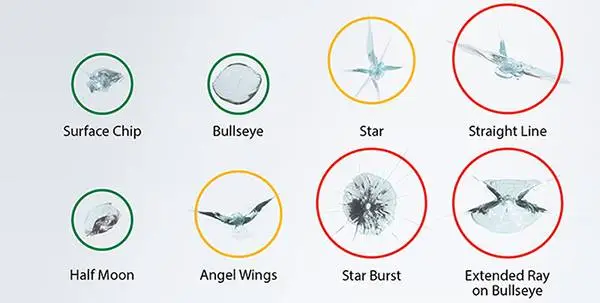
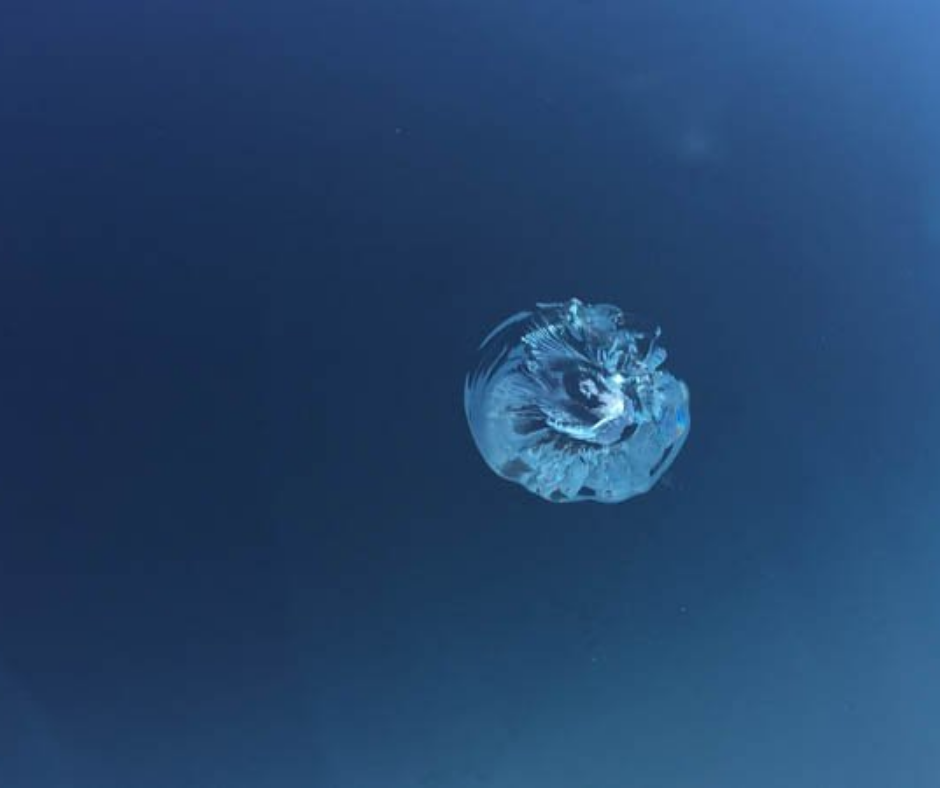
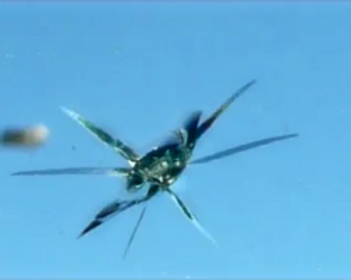
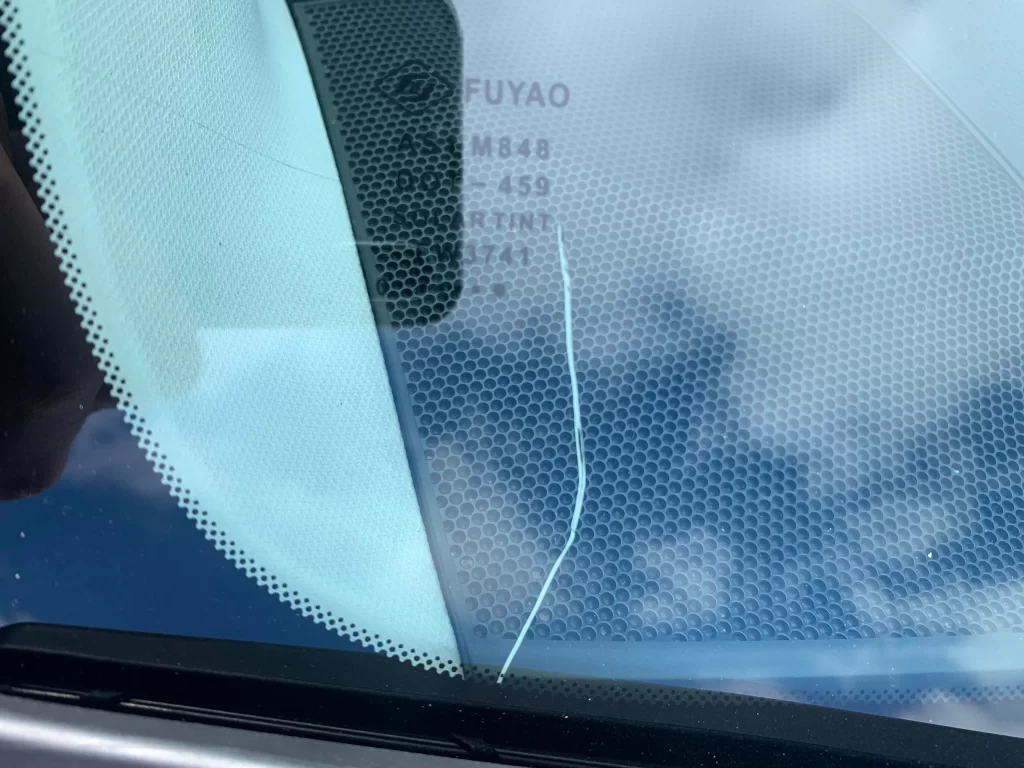
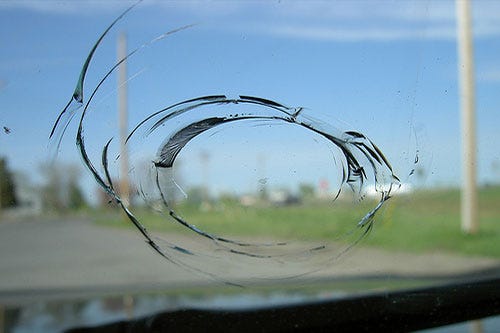



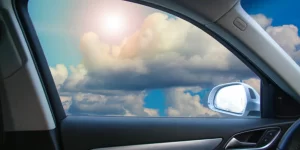


1 Comment.
[…] comprehensive guide delves into the intricacies of semi-truck glass repair, offering insights, tips, and solutions to address common issues […]